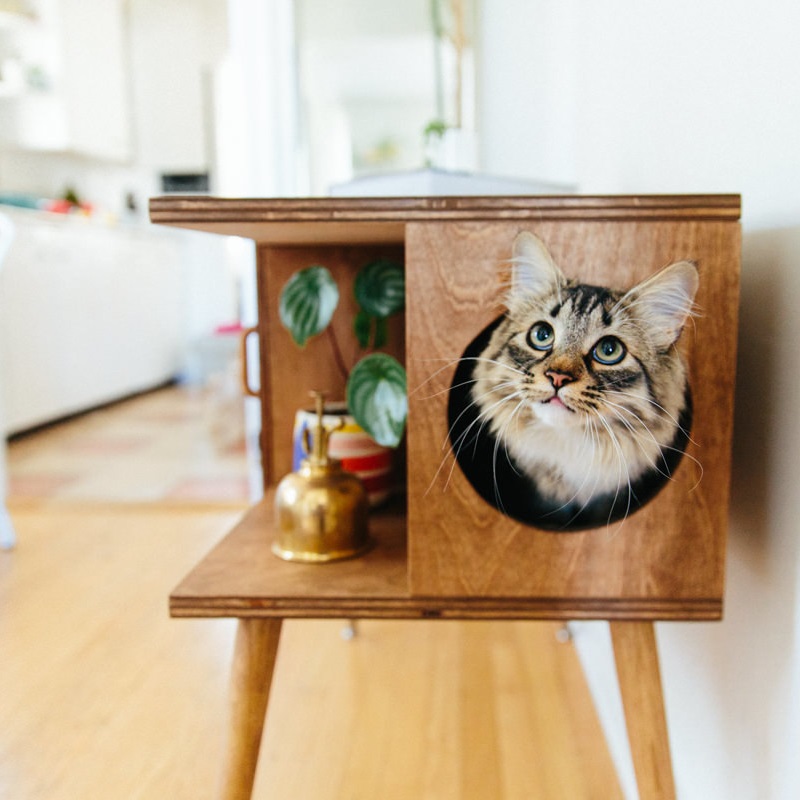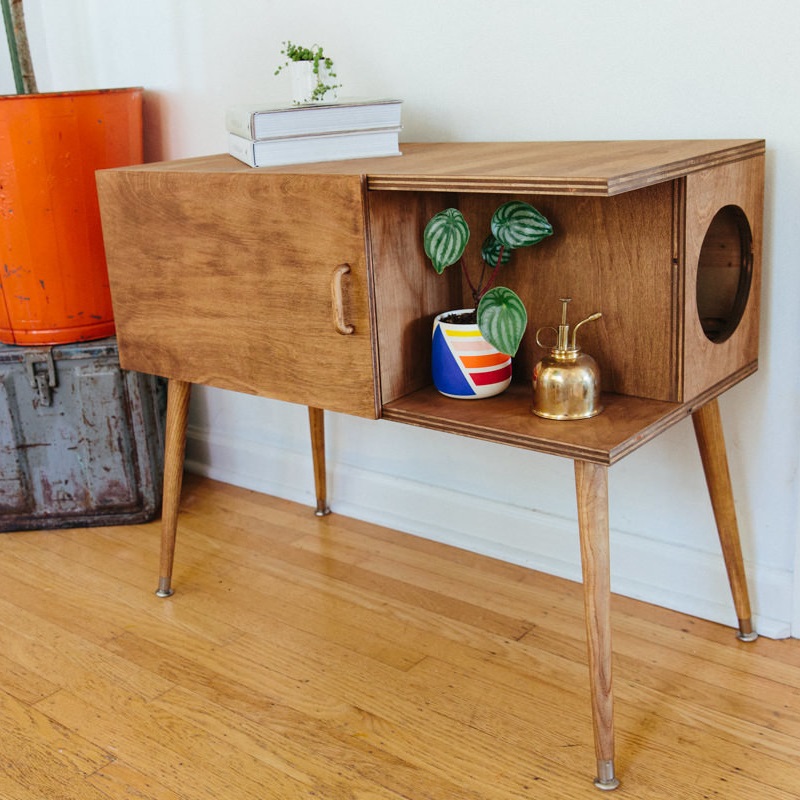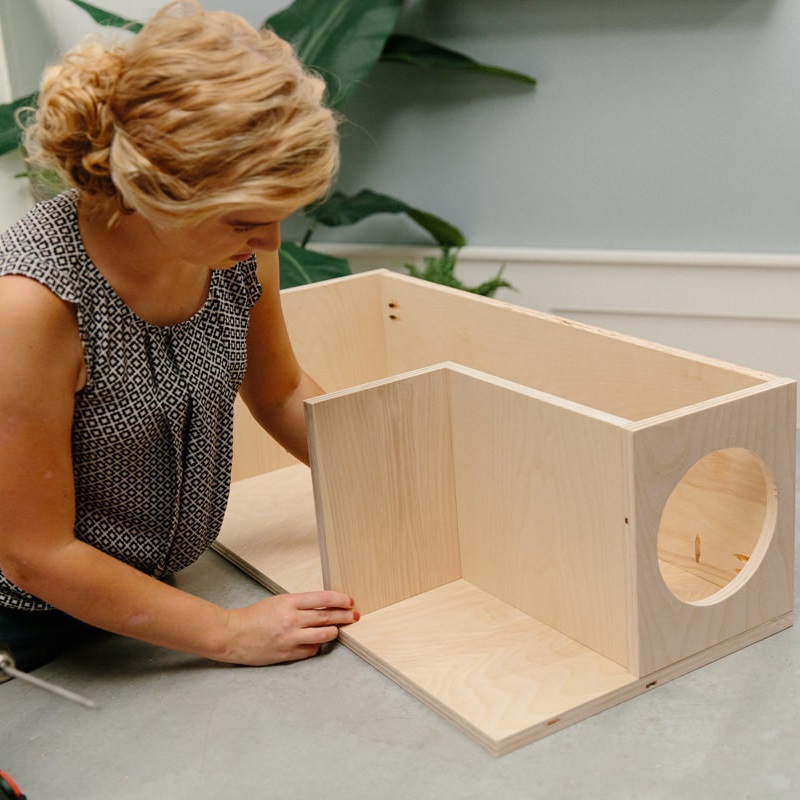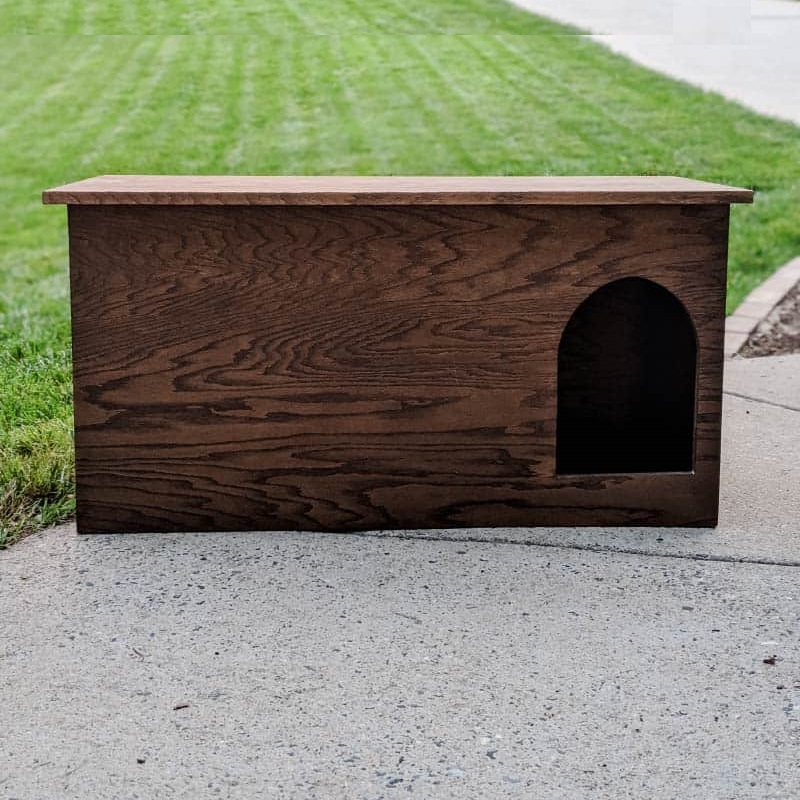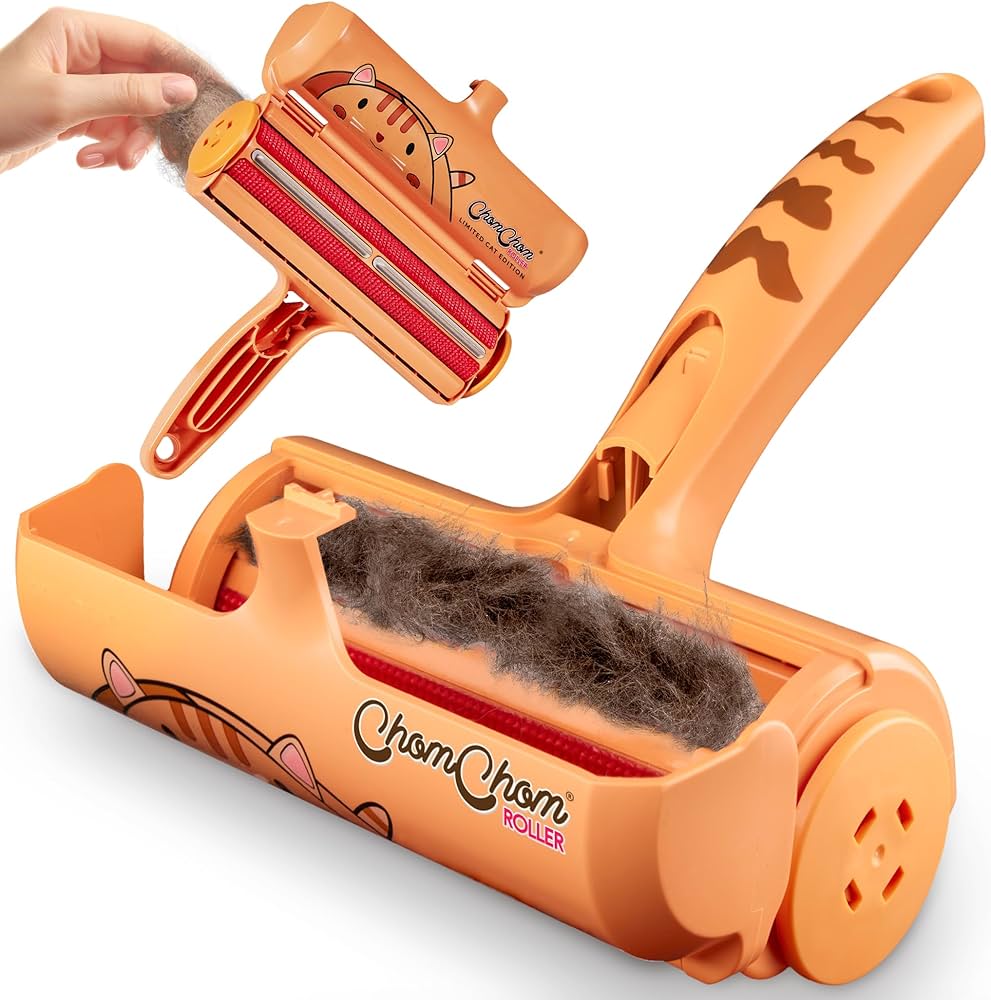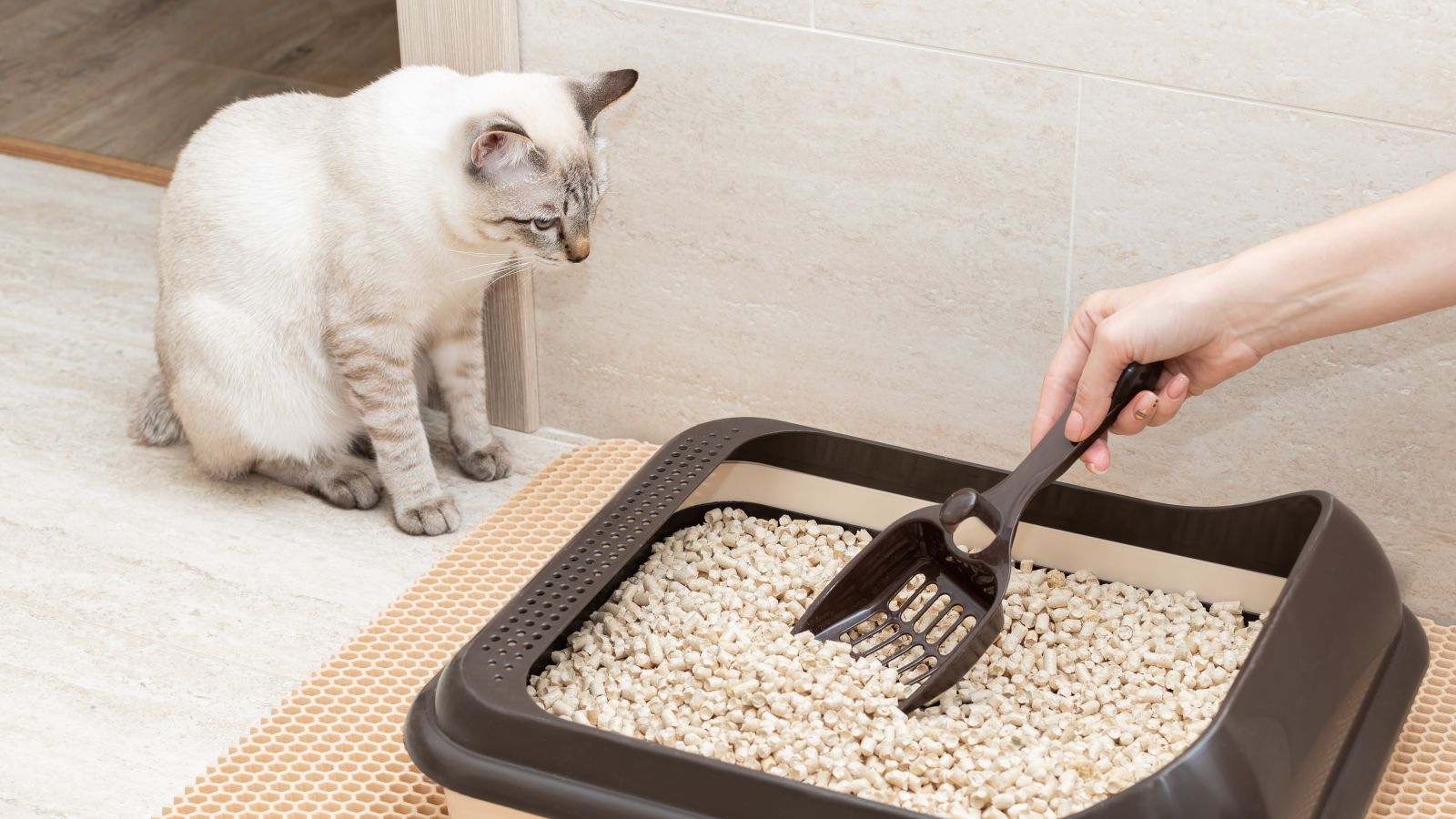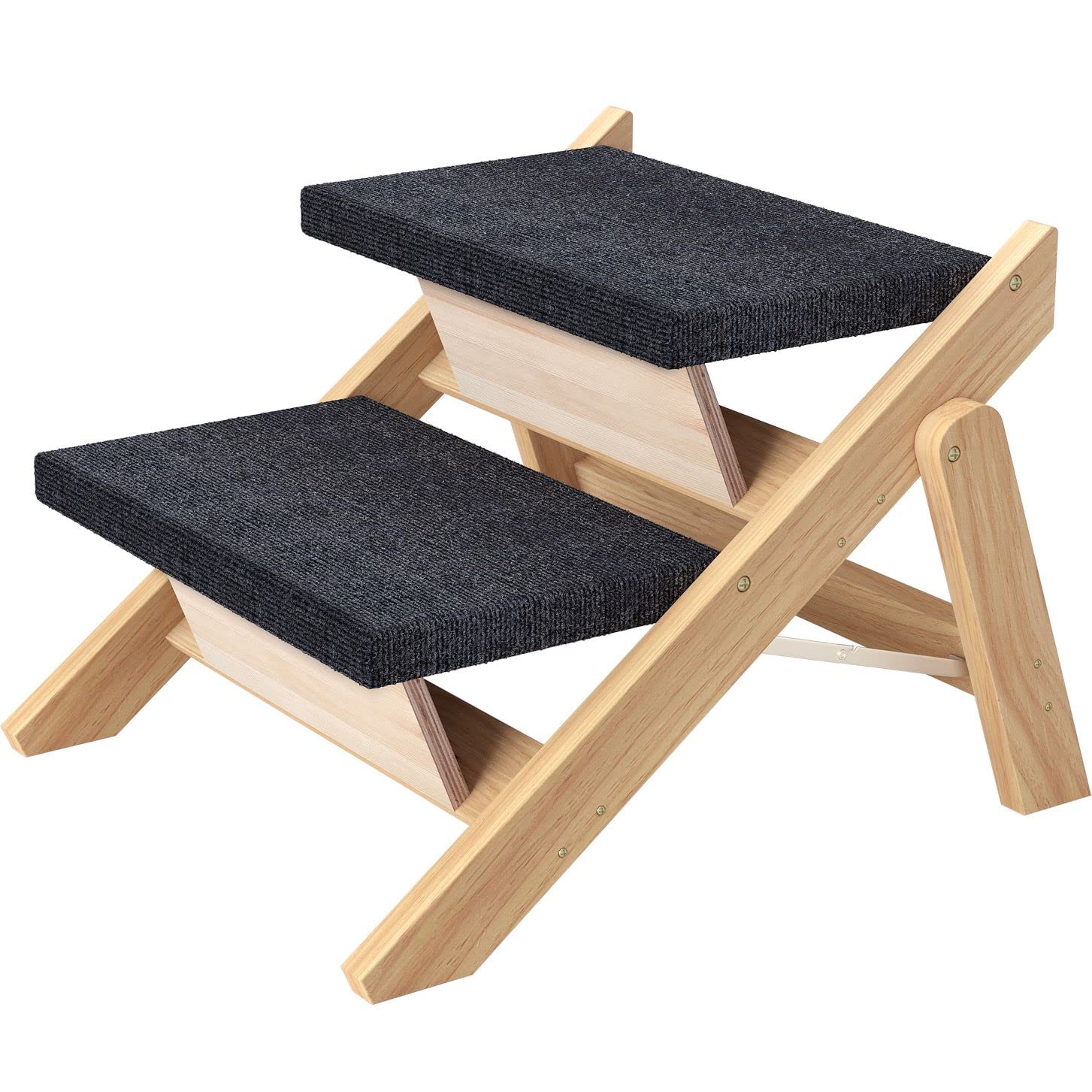Materials Needed for DIY Cardboard Litter Box
Creating a homemade DIY cat litter box is simple and cost-effective. With a few basic materials, you can craft a temporary litter solution for your feline friends. Here’s what you’ll need:
- Cardboard Box: Find a sturdy box that’s the right size for your cat or kittens. An adult cat requires a larger box than a kitten.
- Scissors or Box Cutter: To cut the box to the desired size and shape.
- Duct Tape: To reinforce the box’s edges and prevent moisture from seeping in.
- Potty Pads (optional): These are great for added absorption and easier cleanup.
- Cat Litter: Choose a litter that your cat prefers and is suitable for the temporary box.
Remember to assess the durability of the cardboard box you select, as this will be a key factor in the longevity of your DIY litter box. Once you have gathered these materials, you’ll be set to proceed with crafting your homemade cat litter solution.
Step-by-Step Guide to Making the Litter Box
Creating a homemade DIY cat litter box from cardboard is easy with these steps:
- Choose Your Box: Select a cardboard box that fits your cat’s size. Bigger for adults, smaller for kittens.
- Trim the Box: Cut the box down to a suitable height using scissors or a box cutter. Keep sides low for kittens.
- Reinforce Edges: Apply duct tape to the box’s edges. It helps to prevent moisture and adds strength.
- Line with Potty Pad: If using, place a potty pad inside the box. Tape it down to avoid slipping.
- Add Litter: Sprinkle cat litter over the potty pad. Not too much – just enough to cover the pad.
Our aim is simplicity and functionality; every step ensures your cat’s comfort and the litter box’s durability. During emergencies or while travelling, this temporary solution can be a lifesaver. Remember, though, it’s not for long-term use.
Optimal Box Size and Orientation for Cats and Kittens
When crafting a homemade DIY cat litter box, size matters. For a comfortable fit, measure your cat from nose to tail. Add a few inches to these dimensions. This ensures your cat has enough room to turn around and do their business. Kittens will manage with a smaller box, but remember they grow fast. It might be smart to opt for something they can grow into.
The box’s orientation plays a role in accessibility. Keep sides low for kittens, so they can enter and exit with ease. You want to create an inviting space for them. For adult cats, slightly higher sides can help contain the litter when they dig and cover their waste. However, if your cat has mobility issues, even adult cats might need lower sides for easy access.
A box with a larger base will offer more stability and space. Adult cats especially need the extra room. This avoids any cramped feeling and allows for natural behaviors. Make sure the box is not too tall. Cats should not have to jump to get in. Everything about your homemade diy cat litter box should say ‘welcome’ to your cat.
Reinforcing Your Cardboard Litter Box with Duct Tape
Ensuring that your homemade DIY cat litter box is sturdy is crucial for its effective use. Duct tape is key for reinforcement. Here’s how to make your cardboard litter box robust and moisture-resistant:
- Select Quality Duct Tape: Choose heavy-duty duct tape. It better withstands the demands of your cat’s activity.
- Tape All Edges: Cover all cut edges of the box with duct tape. It prevents moisture damage and adds strength.
- Reinforce Corners: Pay extra attention to the corners of the box. They tend to be stress points and need more tape.
- Secure the Bottom: Place tape across the bottom of the box for extra support. Patch up any potential weak spots you see.
- Overlap Tape for Durability: Overlapping strips of tape can boost durability. Make sure each strip covers the previous one by at least half an inch.
- Fold Tape Over the Top Rim: This will provide a smooth edge for your cat and help prevent tearing or fraying of the cardboard.
By reinforcing your homemade DIY cat litter box with duct tape, you create a stronger, more reliable temporary solution for your cat’s needs. Keep the layers neat and avoid bulky tape build-up. Always smooth out any air bubbles for the best protection against moisture. Making these small efforts goes a long way in maintaining your cardboard litter box’s integrity.
Litter and Potty Pad Placement Tips
The success of your homemade DIY cat litter box partly lies in how you place the litter and optional potty pads. Here are some handy tips:
- Potty Pad First: If you’re using a potty pad, lay it down before adding litter. It aids cleanup and increases absorption.
- Trim to Fit: Cut the potty pad to match the box’s dimensions. This prevents overhangs and maintains neatness.
- Secure the Pad: Use a few strips of duct tape to keep the potty pad in place. This stops it from bunching up when your cat moves.
- Right Amount of Litter: Don’t pour too much litter. A light covering over the potty pad is enough. This minimizes mess and waste.
- Even Distribution: Spread the litter evenly. This provides a uniform space for your cat to relieve itself comfortably.
- Consider Cat Preferences: Some cats like a certain type of litter. Use the kind they prefer to encourage use of the homemade DIY cat litter box.
These steps help maintain a clean and appealing litter box area for your cat. Regular checks are important to ensure everything stays in place and clean. This will keep your feline friend happy and willing to use the cardboard litter box you’ve crafted. Remember, efficient placement leads to effective use.
Cleaning and Maintenance of the Cardboard Litter Box
Maintaining your homemade DIY cat litter box is essential for hygiene and odor control. Here’s what you need to do to keep it in top shape:
- Frequent Checks: Examine the box daily for signs of moisture or damage.
- Prompt Scooping: Remove waste regularly to prevent smell buildup.
- Refresh the Litter: Add fresh litter as needed to maintain a clean layer.
- Wipe Down Surfaces: Use a damp cloth to clean the edges and sides.
- Replace Potty Pads: If you’ve used a potty pad, change it regularly to control odor.
- Air Out the Box: Let it dry if it gets damp before adding new litter.
Despite these efforts, remember that a homemade DIY cat litter box from cardboard is not meant for long-term use. It can only withstand so much before becoming a health hazard. Therefore, it’s important to know when it’s time to craft a new one. Monitor your cardboard litter box closely, and replace it once you notice it no longer holds up well or starts to emit odors even after cleaning. By staying on top of maintenance, you can ensure a pleasant environment for both you and your furry companion.
When to Replace Your Homemade Litter Box
Knowing when to replace your homemade DIY cat litter box is essential for your cat’s health. As a rule of thumb, monitor its condition closely to ensure it remains clean and structurally sound. Here are signs that it’s time for a new box:
- Moisture Damage: If the cardboard softens or warps due to moisture, it’s time to make a new one.
- Persistent Odor: Even after cleaning, if bad smells linger, construct a fresh box.
- Visible Wear and Tear: Look for signs like frayed edges or weakened corners.
- Accumulation of Scratches: Excessive scratching from your cat can break down the box faster.
- Duct Tape Peeling: If the reinforcing tape starts to peel off, it can’t protect against moisture.
Replace the homemade DIY cat litter box at least every two weeks, or more frequently if it’s heavily used. It’s important to maintain a sanitary space for your cat to do their business. A fresh cardboard litter box keeps your pet happy and prevents health issues related to unsanitary conditions. Keep a spare cardboard box and materials ready, so you’re always prepared for a quick replacement.
